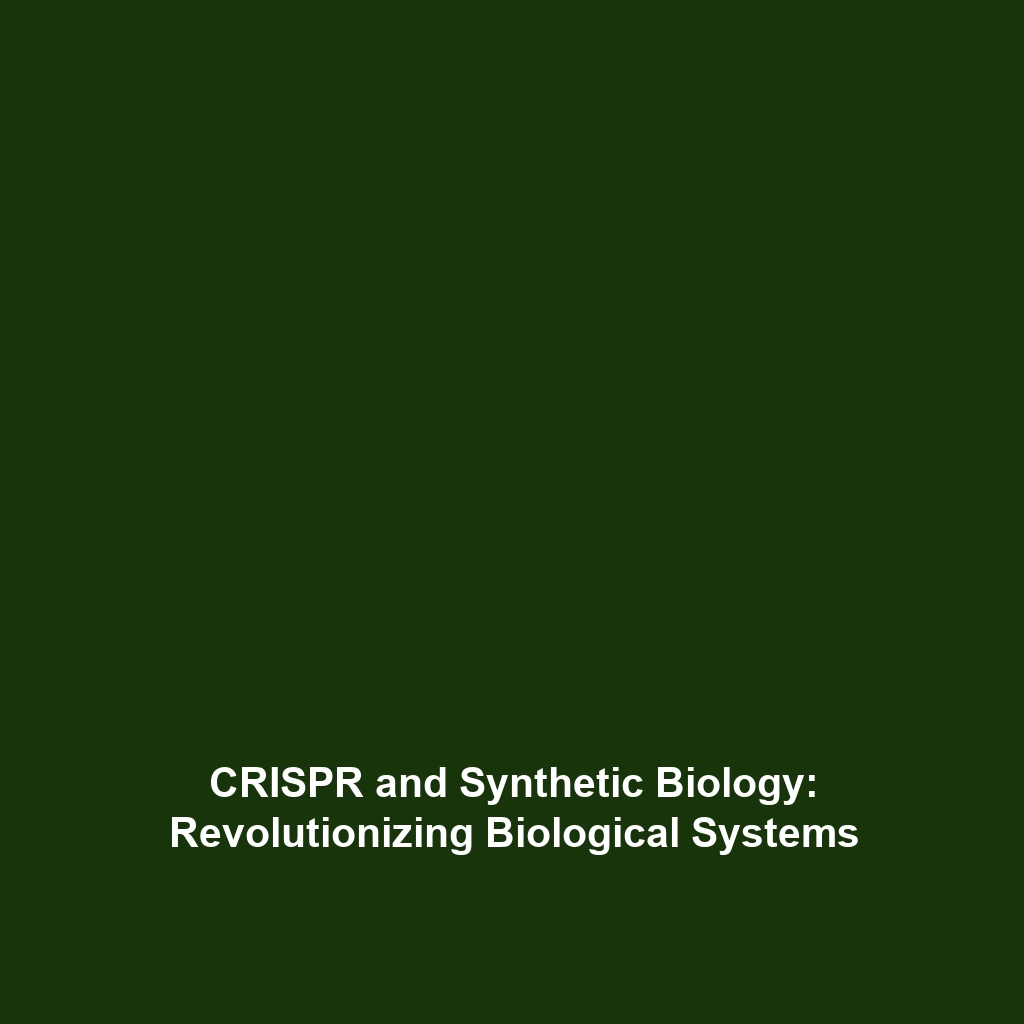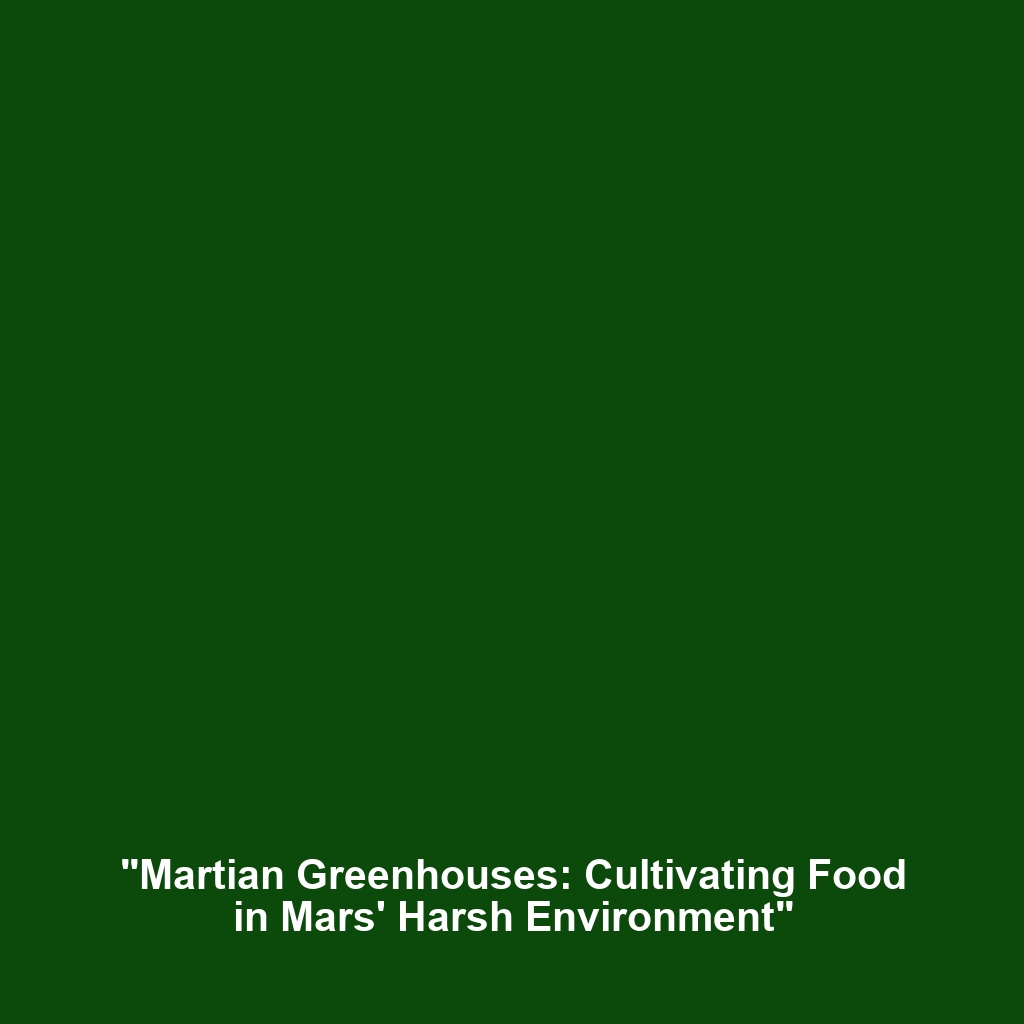Using CRISPR to Engineer Plants and Organisms for Life on Mars
Introduction
The prospect of colonizing Mars has spurred significant research into sustainable life-support systems for future inhabitants. One of the most promising avenues is using CRISPR gene editing to engineer plants and organisms that can thrive in Martian conditions. This innovative approach not only aims to enhance plant growth in an extraterrestrial environment but also aligns with broader advancements in CRISPR technology, emphasizing its potential in environmental adaptation and synthetic biology.
Key Concepts
CRISPR Technology Overview
CRISPR gene editing is a revolutionary tool that allows researchers to make precise alterations to the DNA of living organisms. By targeting specific genes, scientists can enhance or introduce desired traits that improve the survival and productivity of plants.
Application for Martian Life
To engineer organisms capable of surviving on Mars, scientists are focusing on several key concepts, including:
- Enhancing drought resistance in plants
- Increasing nutrient absorption efficiency
- Developing hardiness against high radiation levels
These enhancements simultaneously showcase the relevance of CRISPR gene editing in addressing future challenges of extraterrestrial colonization.
Applications and Real-World Uses
The applications of using CRISPR to engineer plants and organisms for life on Mars are ground-breaking. Some significant uses include:
- Creating tailored crops: Genetic modifications can yield crops that not only flourish albeit the harsh conditions but also provide necessary nutrients for astronauts.
- Developing microorganisms: Engineered microbes can assist in nitrogen fixation and soil health, essential for growing food in Martian soil.
- Bioremediation: Utilizing CRISPR to design plants that can cleanse the soil from potential toxins or resources needed for human habitation.
These applications highlight how integrating CRISPR technology can transform our approach to future habitation challenges on Mars.
Current Challenges
While the potential benefits are substantial, there are several challenges and limitations associated with using CRISPR to engineer plants and organisms for life on Mars, including:
- Technical limitations: The technology is still evolving, and unpredictable genetic outcomes can complicate efforts.
- Regulatory hurdles: The lack of comprehensive regulations regarding genetic modifications poses ethical questions.
- Ecological impacts: Potential ecological disruptions from introducing genetically edited organisms to a new environment must be carefully assessed.
These challenges necessitate ongoing research and collaboration within the scientific community.
Future Research and Innovations
Looking forward, the landscape of CRISPR gene editing will witness significant innovations with respect to research on life in Mars. Key areas of future exploration include:
- Next-generation CRISPR technologies: Innovations such as base editing and prime editing hold promise for even more precise genetic engineering.
- Collaborative planetary research: International collaborations may expedite the development of sustainable life-support systems.
- Use of artificial intelligence: AI can aid in predicting outcomes of genetic modifications and improving plant survival strategies.
Such innovations may dramatically improve our chances of creating a livable Martian ecosystem using CRISPR.
Conclusion
In conclusion, the use of CRISPR gene editing to engineer plants and organisms is an exciting frontier with significant implications for human life on Mars. As we continue to navigate the complexities of genetics and extraterrestrial conditions, the potential for CRISPR to facilitate sustainable living on Mars becomes increasingly tangible. For further insights, consider exploring related articles on CRISPR applications or the future of space exploration.




